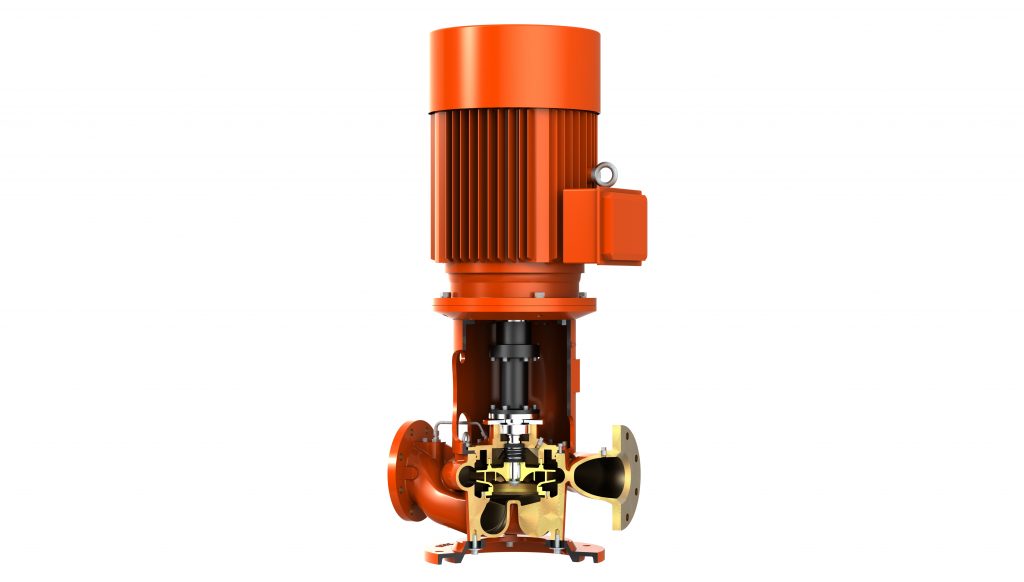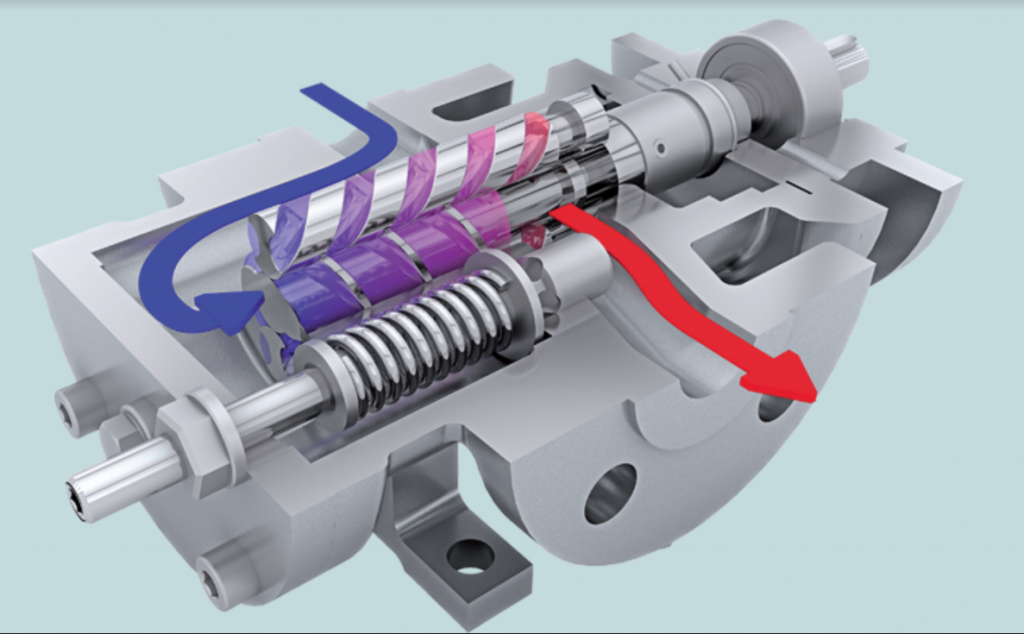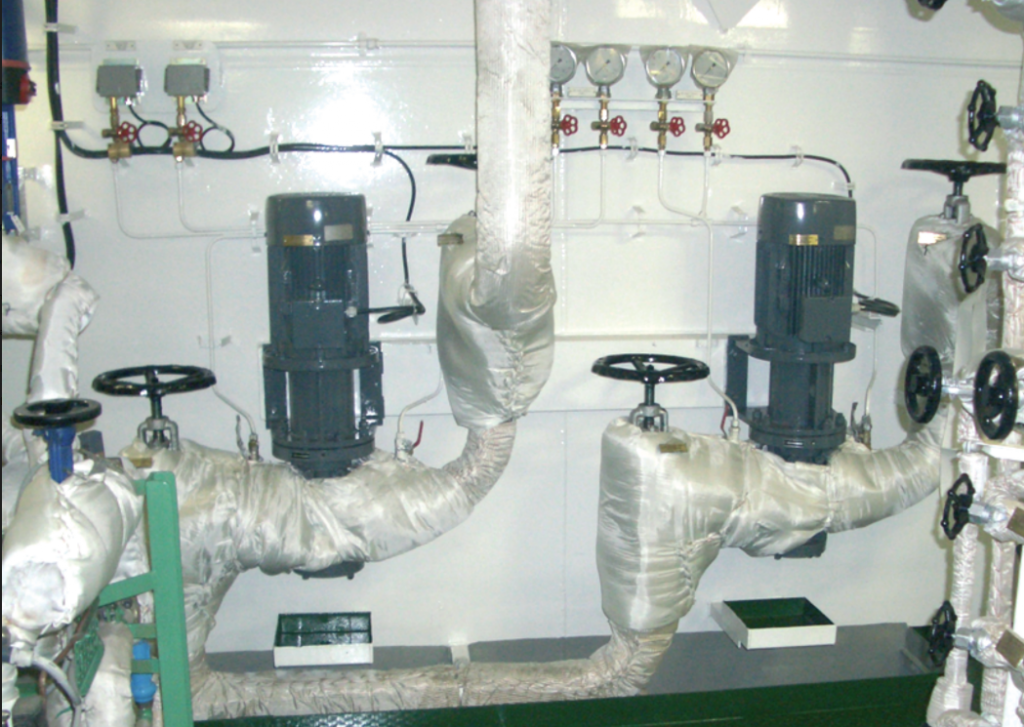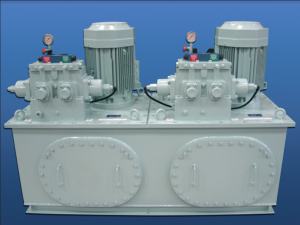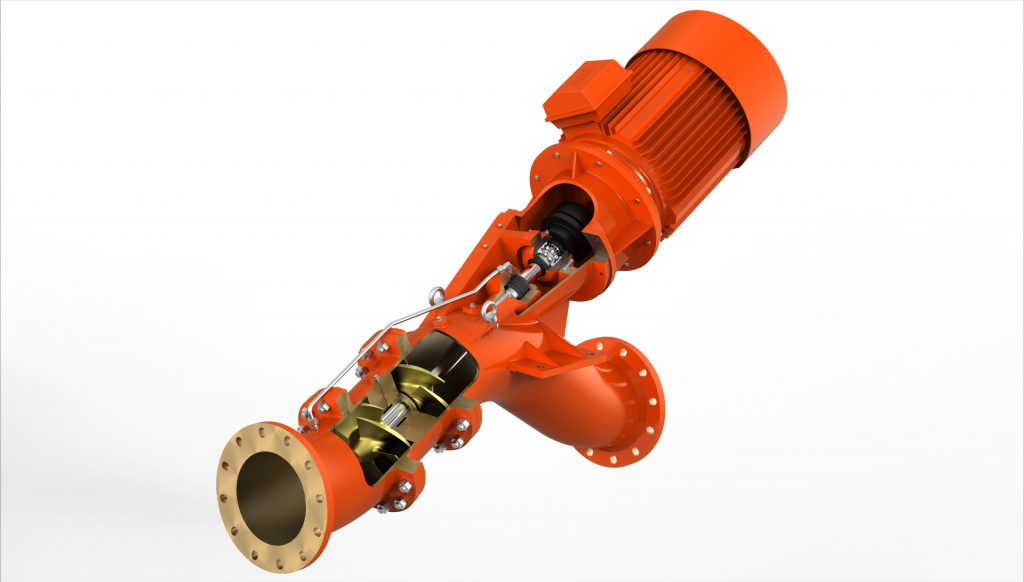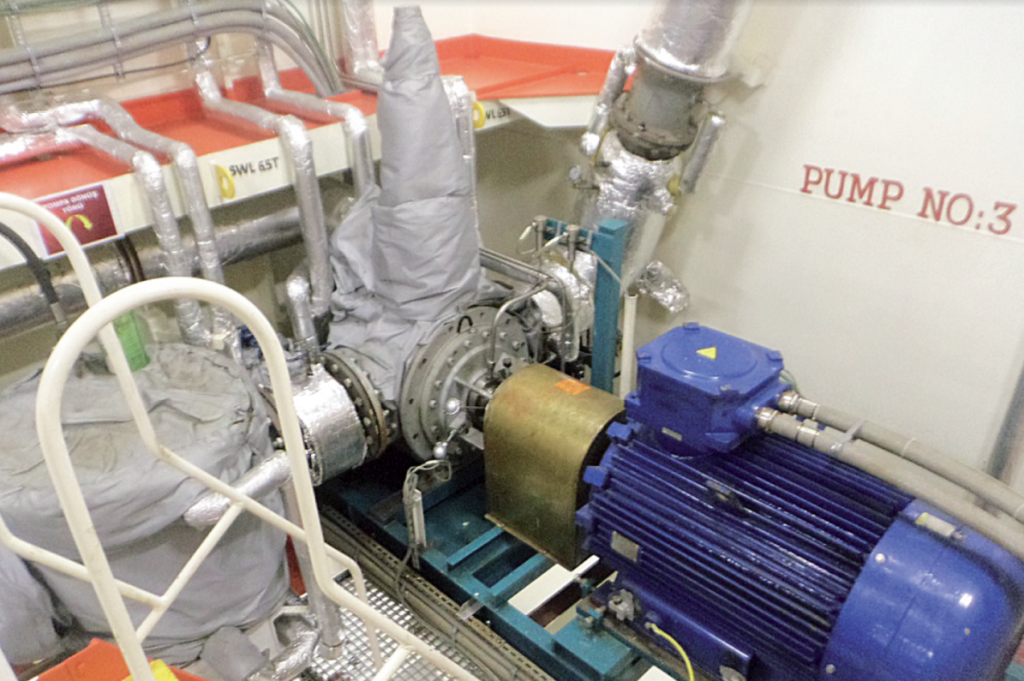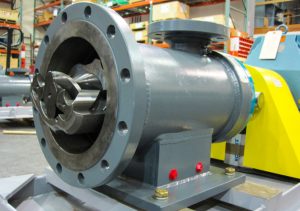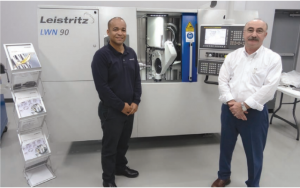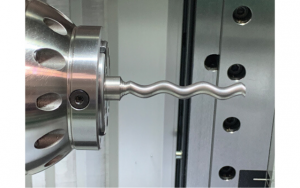Ship designers, builders and owners are adding increasing importance to the selection, installation and operation of marine pumps to improve pump performance to match the expected economic life of a vessel. Typically marine pumps can be seen as silent faithful servants year in and year out not causing any upsets and are normally are not noticed by anyone as long as they are correctly selected and maintained. Long service life and high reliability of modern marine pumps are based on years of operating experience combined with continuous product improvements. As ship operations face challenges from introduction of international maritime clean air and water rulings, pump manufacturers have redesigned and updated to comply with the new rules. In addition costs of operation and energy efficiency keep adding new demands on marine pumps. This article is focused on the specifics of marine pumps and how an operator can benefit from the latest designs.
Hydrodynamic (centrifugal) and positive displacement pumps (screw and gear) are the dominant pumps onboard ships. They are split according to their typical service onboard. The engine room pumps are related to the propulsion of the ship, the ballast and cargo pumps to cargo handling and operation of the ship and other pumps for hydraulic winches, steering gear and controllable pitch propeller, fire and emergency fire service.
Leistritz Advanced Technologies Corp. (LATC) and IRON Pump A/S, both with long experience of marine pumps supplying the maritime industry all over the world have teamed up to support the package concept where one source can supply and service the pumps on a ship independent of the type of pump. This collaboration provides the industry with many advantages. The shipbuilder and design office or consultant can limit the number of supplier contacts and streamline the design and procurement process. The same electrical motor and instrumentation set up is used and the documentation including drawings, classification approvals, installation and commissioning can be simplified and made standard with substantial cost benefits.
On a similar base, the ship operator benefits from having a single contact for all types of pumps and the familiarity and service performance, which only a specialized single source can provide.
Cost of ownership and flexibility are essential elements in specifying marine pump installations. IRON and Leistritz are providing innovative solutions such as smart engine room pump systems including power saving speed control on IRON cooling water pumps. Also as result of environmental requirements Leistritz offers seal-less fuel pumps serving both as MGO low sulfur and high temp HFO booster and supply pumps. In addition, pumps can be supplied as ready to install modules with piping and controls as a time and cost saving alternative for shipyards and operators.
Engine room pumps typically include lube and fuel oil pumps and cooling water and service water centrifugal pumps. The vertical foot or pedestal mount designs are best suited for marine installations with in-line suction and discharge flanges. They are designed to be easy serviceable, in many cases without removing the motor or pipe connections. Screw pumps are used in lube and fuel oil service. On medium speed engines the main lube oil pump is often mounted on the engine and direct driven, whereas the stand-by and pre-lube can be electrically driven. Entrained air in the lube oil can cause pump vibrations if not properly addressed in the pump selection.
Fuel oil pumps are included in booster and supply modules to facilitate installation and service. Besides the engine room pumps screw pumps are used in hydraulic systems for steering gears and for controllable pitch propellers. The low noise and absence of pulsations make this pump ideal for continuous reliable service and when passenger comfort is important.
Ballasting and control of trim and heeling are done by centrifugal and propeller pumps from IRON. The timing of these operations is critical and rise hi demands on these pumps for quick response and ability to operate at low NPSH available. The anti-heeling pump is vital for efficient loading and off-loading on Ro/Ro ships and ferries to control and prevent undesirable listing.
IRON and Leistritz also offers fire and emergency fire pump systems. The emergency fire pump systems can be delivered complete including driver and hydraulic system.
Cargo handling using screw pumps is ideal for viscous cargoes like asphalt and heavy fuel oil. Leistritz offer the 5-screw pump for pump room as well as deep well installation ideally suited to reduce off loading and stripping time thanks to low NPSH requirement even for the most viscous cargoes. These screw pump designs are as well suited also for liquids with gas and air entrainment, which would severely disturb a centrifugal pump.
To summarize:
Efficiency, cost awareness and system flexibility are essential elements in designing today’s marine pumps. Leistritz and IRON Pump offer the complete marine pump package including the following benefits:
- Power saving speed control for cooling water and cargo pumps
- Seal-less screw pumps for low sulfur and high temperature HFO booster and supply applications
- Space saving vertical designs with inline flange connections
- Screw pumps offer integral relief valves
- Vertical centrifugal pumps suitable for disassembly without motor removal
- Gauges and cocks are panel mounted with pressure transmitters for centralized monitoring
- ABS, DNV-GL and Lloyds Certification
- Shock qualified models also available
- Tailor made solutions meeting unique customer specifications and requirements are available
- Service technicians available for immediate deployment


